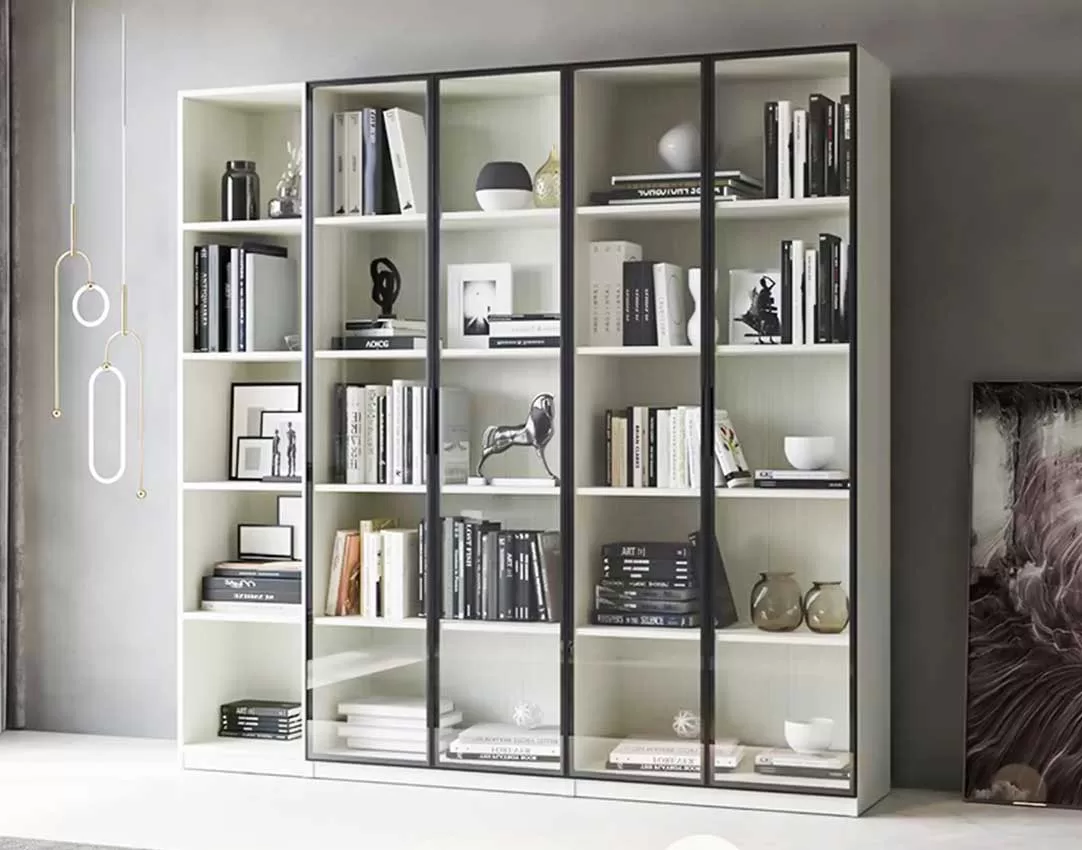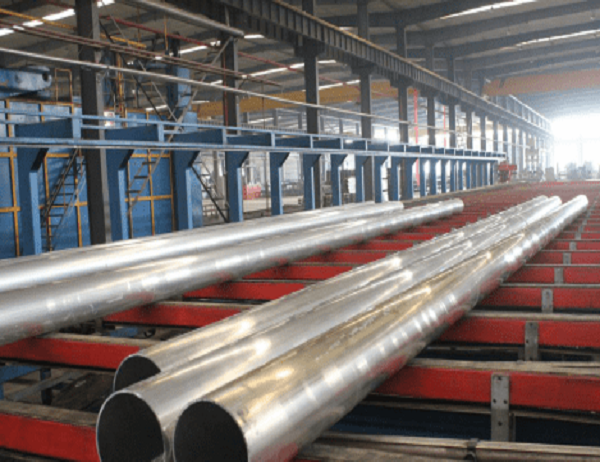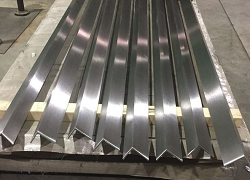In the realm of engineering and construction, T6 aluminum pipes stand out for their exceptional strength, lightweight, and resistance to corrosion. These properties make them an ideal choice for a wide array of applications, from aerospace components to architectural structures. To harness the full potential of T6 aluminum pipes, understanding the intricacies of their design is paramount. This comprehensive guide will explore crucial tips for designing with T6 aluminum pipes, empowering you to create robust and enduring structures that meet the highest standards.
T6 aluminum pipes are renowned for their impressive mechanical properties. The alloying process, which involves the addition of magnesium and silicon, enhances the pipe’s strength without compromising its weight. T6 aluminum pipes exhibit excellent weldability, making them suitable for complex assemblies. However, it is crucial to consider the material’s machinability limitations and potential for stress corrosion cracking under certain conditions.
When designing with T6 aluminum pipes, accurately determining the load-bearing capacity is essential. This involves considering factors such as the pipe’s diameter, wall thickness, and length. Engineers must calculate the pipe’s bending moment, shear force, and axial load to ensure it can withstand the intended stresses. By adhering to established design codes and performing thorough structural analysis, designers can optimize the pipe’s performance and prevent potential failures.
T6 aluminum pipes are susceptible to fatigue failure under repeated loading or vibration. To enhance fatigue resistance, it is crucial to minimize stress concentrations by employing gradual transitions and avoiding sharp bends. Additionally, engineers should consider the material’s endurance limit, which is the maximum stress range it can withstand without failing. By incorporating design features that reduce fatigue stress, structures can achieve extended service lives.
While T6 aluminum pipes possess inherent corrosion resistance, they may encounter corrosive environments in certain applications. To protect the pipes from oxidation and chemical attack, various methods can be employed. Anodizing, which involves forming a protective oxide layer on the pipe’s surface, is a common practice. Additionally, designers can opt for specialized coatings or cladding materials to further enhance corrosion resistance.
Ensuring secure and reliable connections is paramount in structural design. For T6 aluminum pipes, various joining techniques are available, including welding, bolting, and mechanical fittings. The choice of joint method depends on factors such as load transfer requirements, pipe size, and accessibility. Engineers must carefully consider the compatibility of joint materials and employ proper joining procedures to maintain structural integrity.
Designing with T6 aluminum pipes requires a comprehensive understanding of material properties, load-bearing capacity, fatigue resistance, corrosion protection, and joint design considerations. By carefully applying the principles outlined in this guide, engineers can create innovative and enduring structures that leverage the unique advantages of T6 aluminum pipes. Embracing these tips empowers designers to maximize the pipe’s strength, lightweight, and corrosion resistance, resulting in structures that stand the test of time and meet the demands of modern engineering.



